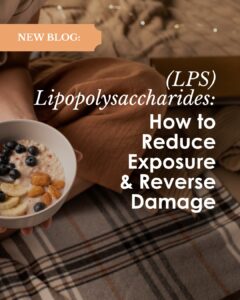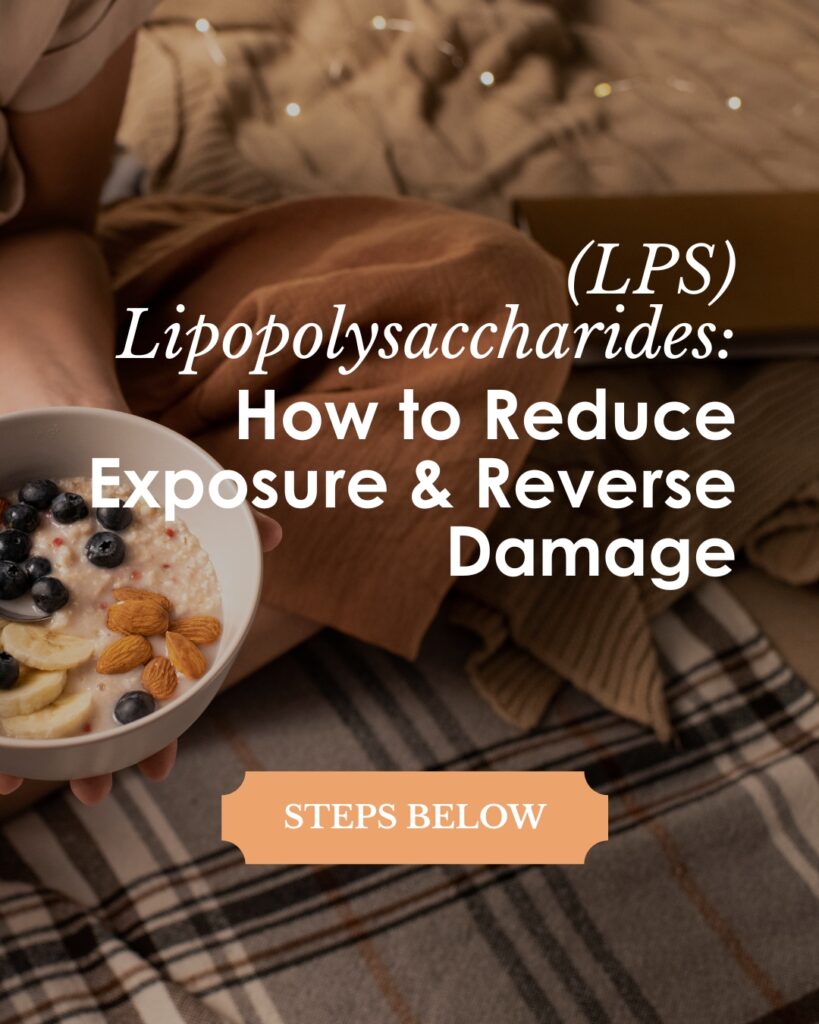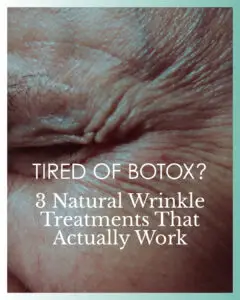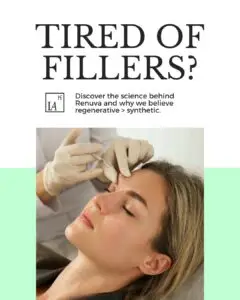
Lipopolysaccharides (LPS): How to Reduce Exposure and Reverse Damage
Health Over Trends Lipopolysaccharides (LPS): How to Reduce Exposure and Reverse Damage What you’ll learn: Discover how lipopolysaccharides (LPS) drive
At Halo Integrative Wellness & Aesthetics, IA-h, we are passionate about helping clients understand and address factors that contribute to chronic inflammation and aging. One often-overlooked culprit of inflammation is lipopolysaccharides (LPS). These bacterial toxins, produced in the gut, can enter the bloodstream and cause systemic inflammation if the gut barrier becomes compromised. Understanding what exposes us to LPS, how to track damage from oxidative stress, and how to make lifestyle changes to repair damage can have a transformative impact on our health.
Lipopolysaccharides are endotoxins found in the outer membrane of certain bacteria within the gut. Under normal conditions, they should remain within the gut, but when the gut barrier is weakened or “leaky,” LPS can cross into the bloodstream. This activates an immune response, leading to chronic inflammation, oxidative stress, and eventually, an increased risk of chronic conditions like cardiovascular disease, diabetes, and neurodegenerative disorders.
Certain dietary and lifestyle factors increase the likelihood of LPS production in the gut and its movement into the bloodstream. Key contributors include:
To monitor the impact of LPS and related oxidative stress, urine tests can provide valuable information on biomarkers of oxidative damage. These tests allow us to track how lifestyle changes impact cellular health. Key biomarkers include:
Testing these biomarkers helps us assess the effectiveness of dietary and lifestyle changes in reducing oxidative stress and inflammation. By tracking changes over time, we can better tailor anti-inflammatory interventions for each individual.

At Halo Integrative Wellness, we work with clients to create a comprehensive wellness plan that addresses diet, stress, sleep, and gut health to reduce LPS exposure and repair LPS-induced damage. By increasing fiber, choosing healthy fats, managing stress, and using tools like urine tests to monitor oxidative stress, you can make meaningful strides toward better health and reduced inflammation.
If you’re interested in learning more about LPS and how to reduce inflammation for healthier aging, contact us at Halo Integrative Wellness and Aesthetics. We’ll guide you through a personalized plan to strengthen your body’s defenses and support a life of vibrant wellness.

Health Over Trends Lipopolysaccharides (LPS): How to Reduce Exposure and Reverse Damage What you’ll learn: Discover how lipopolysaccharides (LPS) drive

GLP-1 inhibitors like Ozempic and Mounjaro support weight loss—but real success requires more than a prescription. Learn how to protect muscle, optimize metabolism, and sustain fat loss.

This blog explores the science behind biological age, how it differs from chronological age, and the role of methylation, metabolism, gut health, and nutrient optimization in promoting longevity.

Whether you’re seeking a more holistic approach, have concerns about toxins, or simply want to explore new options, there are science-backed alternatives for achieving healthier, younger-looking skin.

Health Over Trends Non-Surgical Face Lifts Are In: Is Sofwave the Future of Skin Tightening? What You Will Learn: Non-invasive

In this post, we’ll explain why Halo | IA-h does not offer dermal fillers—and what we use instead to restore facial volume naturally and safely.
Get science backed insights sent straight to your mailbox.